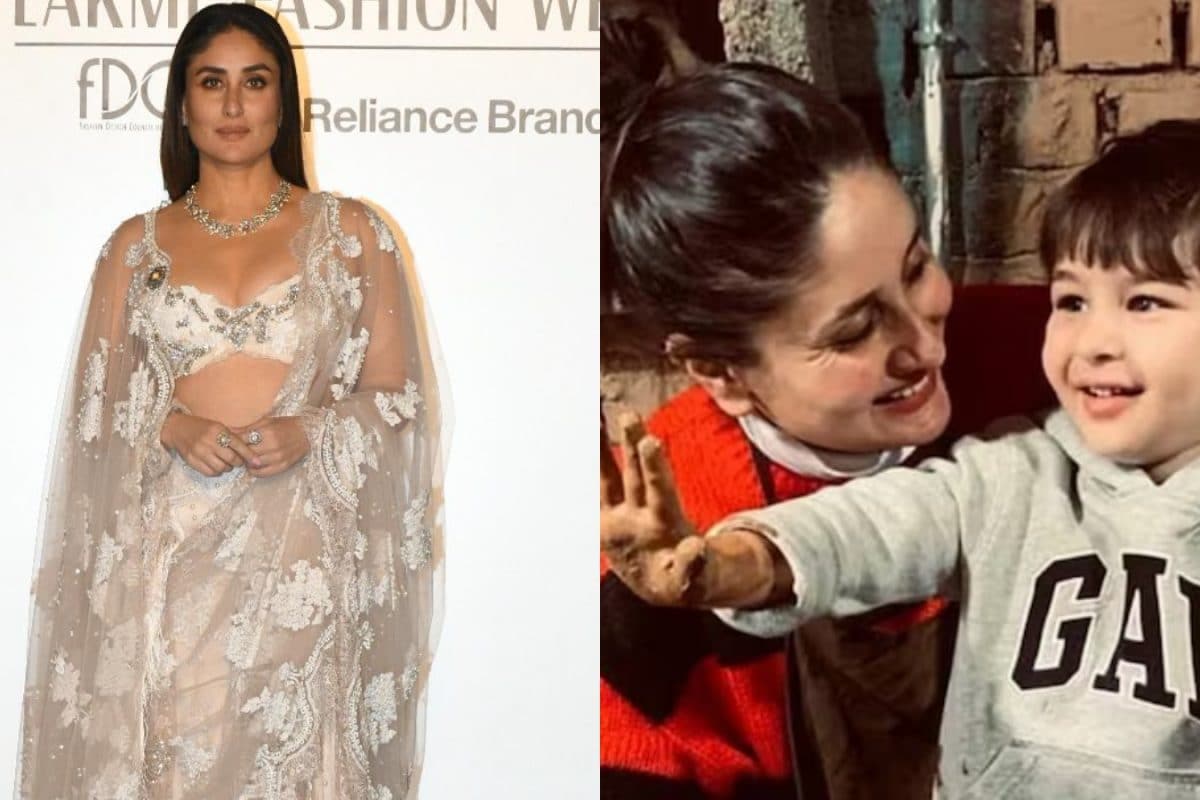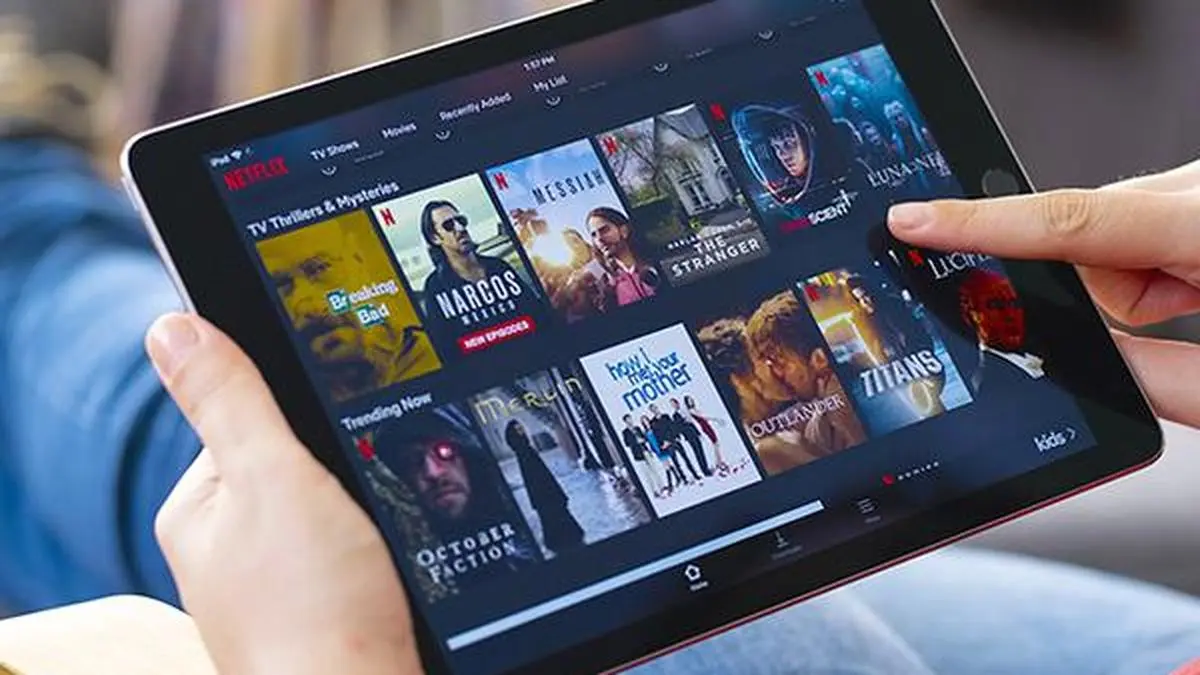There was a time when dressing for middle school meant begging your parents for the cutest outfits: perhaps a Hollister graphic tee or the latest Air Jordans. These days, the look is somewhat more casual. At 7:50 a.
m. in New York City, you’ll find hoards of tweens rushing to school in matching pajama pants. Eleanor Woodsworth, 11, of Brooklyn, says that the trend started several months ago.

She and her friends would collectively pick a pattern from the retailer Five Below, which sells pajama pants for the pocket-money-friendly price of $5.55. They would then proceed to wear them to school together.
“It was kind of like a friendship bracelet,” she says. “It was a way of showing we’re all in the same friend group.” Woodsworth isn’t alone.
On TikTok, there are hundreds of videos of people visiting Five Below to load up on matching pajamas to wear with their friends. The pants play into the broader trend of “family matching” holiday pajamas that many brands have created over the past five years. “We’re noticing they’re not just being worn at home, but also out with friends,” says a Five Below spokesperson, about the popularity of these pajama pants.
The specific appeal of the Five Below pants also comes down to price. At a time when many people are feeling the pinch of inflation, the pants are a way to participate in the holidays without having to break the bank. “They’re so cheap, everyone can afford them,” says Woodsworth.
| In one telling video,.

























